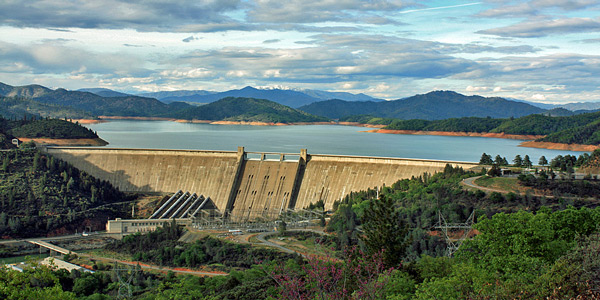By Jason Fordney
CAISO is proposing to quadruple the number of hours in its time horizon for short-term commitment of generation units to better address load peaks that occur later in the day when solar output drops off the grid.
Extending the “short-term unit commitment” (STUC) horizon to 18 hours from 4.5 hours will better recognize morning, afternoon and evening peaks, CAISO said when it introduced the proposal Tuesday. The ISO described the need for a longer unit commitment horizon in a May 15 issue paper/straw proposal.
“The purpose of the STUC modifications is to provide earlier notification to resources that are needed to meet the evening peak, which increases the probability these resources will be available, and better optimize the use of resources with limited starts over the entire day,” the proposal said. These changes will increase market efficiency and reliability.”
The STUC is the procedure run about 52.5 minutes before a trading hour to commit medium-start units for delivery within a forward-looking horizon — currently 4.5 hours. The STUC produces a unit commitment solution for every 15-minute interval within the horizon and issues binding start-up instructions based on units’ start-up times.
According to a CAISO presentation, the grid operator is currently “unable to make informed commitment and optimization decisions” because the current process considers only short- or medium-start resources and has limited resources for the real-time market.
Under current rules, a resource might be committed to a morning peak when it should be used for the evening peak, CAISO said. Resources with a start-up and minimum run time greater than 4.5 hours cannot be committed by the current STUC process.
With the proposed changes, generation resources will have earlier notification regarding meeting the evening peak, leading to increased efficiency and reliability “by better equipping the real-time market to meet system needs,” the ISO said.
CAISO floated the initiative in part because it foresees below-average hydro resources this summer, contributing to a tight supply situation. CEO Steve Berberich discussed some of the issues last week at the ISO’s Board of Governors meeting. (See CAISO Board Approves Forecast Error Measures.) California mountain snowpack was at 51% of the normal April 1 average, the grid operator said. There is a 50% probability of a Stage 2 emergency for at least one hour this summer, when operating reserves drop below 5% after dispatching all resources, including demand response.
The proposed new changes will improve the efficiency of the real-time market by optimizing resource dispatch and dealing with “the duck curve,” the load profile that shows how the system is affected by large amounts of solar output. By 2020, the ISO predicts the generation ramping need on a typical spring day will grow to about 14,000 MW (from about 12,000 MW in 2017) between early afternoon and about 9 p.m. The “belly” of the duck curve is getting deeper each year as rooftop solar proliferates during mid-day hours, requiring a steeper ramp-up of resources in evening hours as solar generation goes offline. The ISO does not have visibility into rooftop solar but still must manage its effect on the grid.
Aside from expanding the STUC to 18 hours, CAISO plans to revise real-time market bid cost recovery for long-start units and extend EIM non-financially binding base schedule and bid submission requirements to 20 hours from the current 6 hours.
CAISO management has prioritized the initiative for implementation by fall of this year. Comments on the proposal are due by May 29, with review by the Energy Imbalance Market Governing Body and CAISO Board of Governors set for July.




